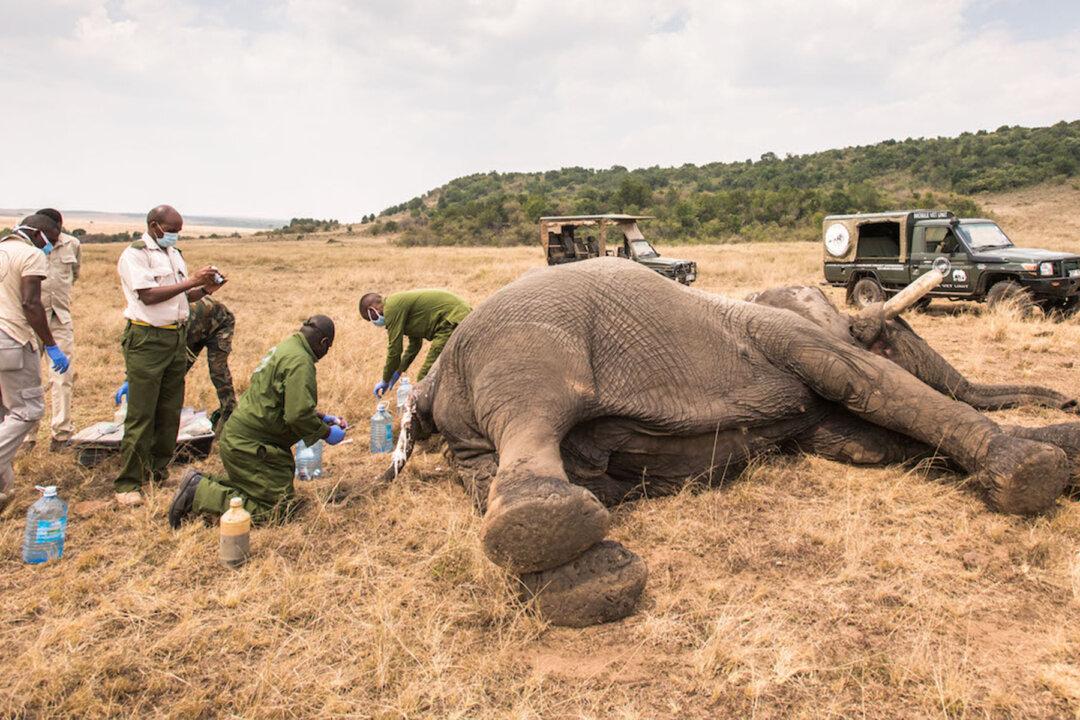Warning: This article includes content some readers may find disturbing
An ailing elephant that is believed to be in its 50s was saved by veterinarians after it was speared by some humans trying to drive it away from some land in Kenya.

An ailing elephant that is believed to be in its 50s was saved by veterinarians after it was speared by some humans trying to drive it away from some land in Kenya.